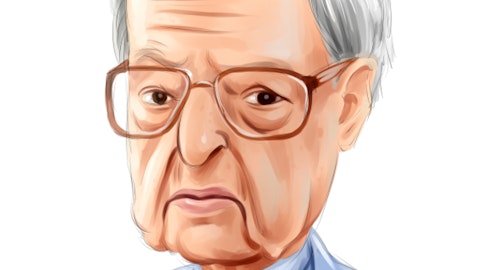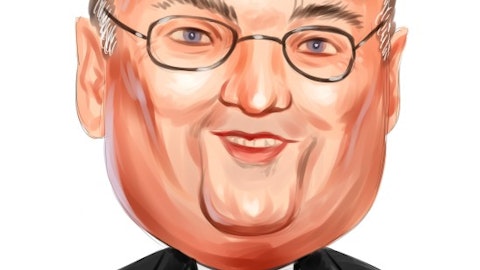The just announced decision by the FDA to reject Dynavax Technologies Corporation (NASDAQ:DVAX) lead Hep B asset illustrates this point perfectly. The company has spent the last half decade putting together data for its Heplisav B candidate, and submitted a revised BLA to the FDA in March this year. The FDA has repeatedly knocked back the candidate, based on what look to be some serious potential autoimmune related side effects, but after the latest submission, markets tentatively expected the agency to give the vaccine a green light for commercialization.
On November 14, however, the FDA rejected the drug once more, citing the same concerns, and requesting follow up safety information. The company suggested it won’t have to conduct any more trials, but it’s going to have to collect data somehow, with the assumption being it will need to trawl through its previous collections or take study information from previous subjects. Dynavax doesn’t have the cash to collect this data, and as a result, will need a partner if it is going to attempt resubmission.
Two elements of this Dynavax Technologies Corporation (NASDAQ:DVAX) situation are pertinent to this discussion.
First, that the rejection removes a major competitor for VBI, and should give the company a chance to leapfrog Dynavax in bringing this sort of asset to market. That is, if Dynavax can even find a partner. If it can’t, the competition is removed altogether.
Second, it reinforces the value of the data already on hand at VBI. A set back like the one just experienced by Dynavax Technologies Corporation (NASDAQ:DVAX) can be (and has a high percentage chance of being) terminal for a program like this. Dynavax now needs capital, and its shareholders are going to have to bear the brunt of this capital infusion in the form of dilution on any raise, or partnership related equity issue. Of course, this is a risk investors knew they were taking on. With VBI, however, and Sci-B-Vac, this risk is removed. The data in place will almost certainly meet the requirements of the FDA (at least in terms of scope) and so shareholders need not be concerned with a pushback, and the capital cost of expanded data collection that comes with it.
So what are the next steps and the challenges ahead? In this case, it is mostly a matter of wading through the various bureaucratic health agencies, and these new data will hopefully quicken the process to get to Phase III in the US, Canada, and Europe. Almost nobody expects the data to be disappointing. It’s just a question of timing and executing the marketing plan.
VBI Vaccines, Inc. (NASDAQ:VBIV) is already hard at work making sure it can hit the ground running with Sci-B-Vac. The company is now in the process of quintupling its manufacturing capacity in Rehovot, Israel from 1 million to 5 million doses a year, making its expectations for the near future quite obvious.
Undervaluation In Light of Other Assets
Back in 2013 when the company was called SciVac before the merger with VBI, the CEO at the time Michal Ben Attar expected SciVac to be valued at $600M just based on Sci-B-Vac alone. Now, along with Sci-B-Vac, VBI has a promising cytomegalovirus (CMV) vaccine candidate in early clinical development using its enveloped virus-like particle (eVLP) technology. eVLP basically wraps antigens in a dummy virus coating that is more recognizable to the immune system. Clinical development is currently in Phase I, though a very large Phase I at 129 patients. VBI is using a protein that has already been confirmed by a Sanofi SA (ADR) (NYSE:SNY) and Novartis AG (ADR) (NYSE:NVS) collaboration to provide 50% seroprotection. VBI is looking to up that figure to 70% by anchoring that protein in its eVLP. At 70% protection, the vaccine becomes marketable.
A CMV vaccine would be the first of its kind and would address a large market of CMV-negative women looking to become pregnant. CMV, while typically not dangerous to healthy people, is especially dangerous to a growing fetus and is known to cause deafness, blindness, and mental retardation. It’s a more widespread problem than Down Syndrome.
VBI’s assets in development go beyond a CMV vaccine. The company is employing the same eVLP technology to develop cancer immunotherapies, as well as developing a platform called LPV together with Sanofi and GlaxoSmithKline plc (ADR) (NYSE:GSK) that stabilizes vaccines even at high temperatures, potentially eliminating the costly cold chain for common vaccines.
Though these assets are farther down in the pipeline, the point is this: If VBI’s valuation on a successful launch of Sci-B-Vac alone should be around $600M, then together with the other assets, its current $120M market cap seems remarkably low.
Follow Glaxosmithkline Plc (NYSE:GSK)
Follow Glaxosmithkline Plc (NYSE:GSK)
Note: This article is written by David Rich and was originally published at Market Exclusive.





